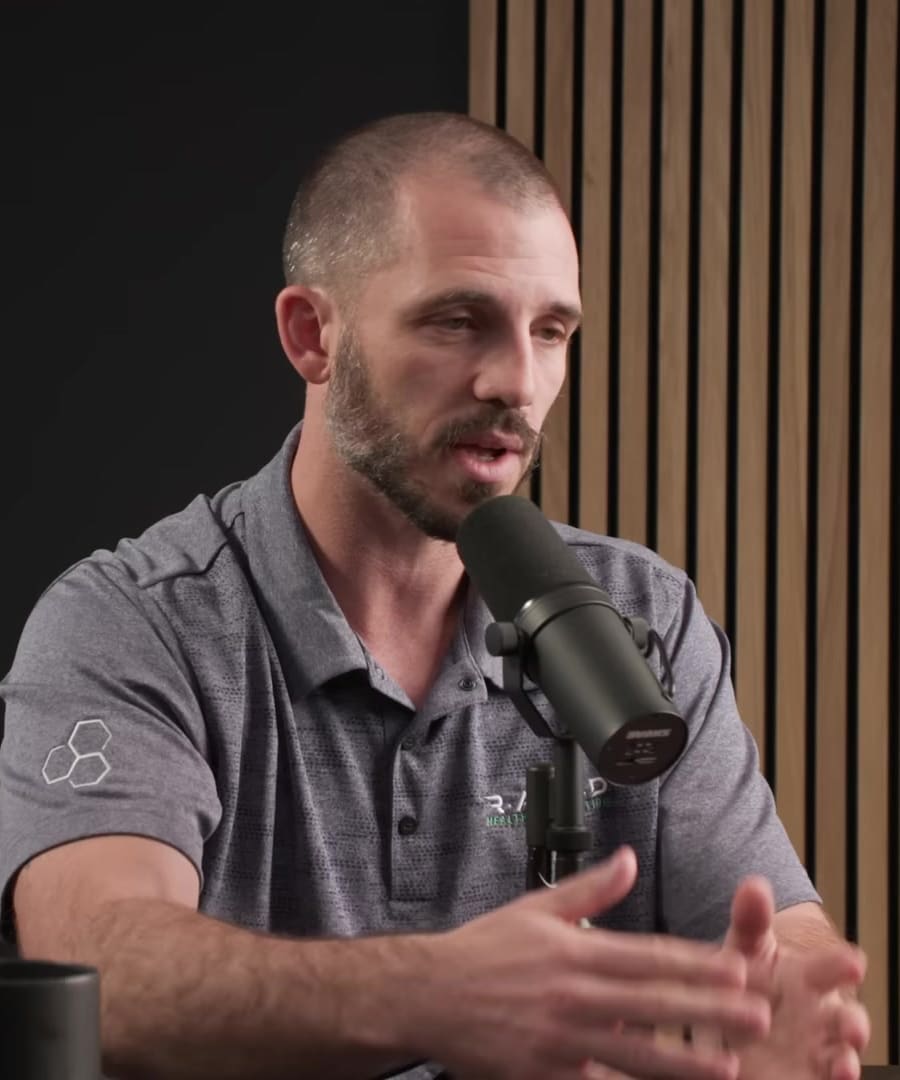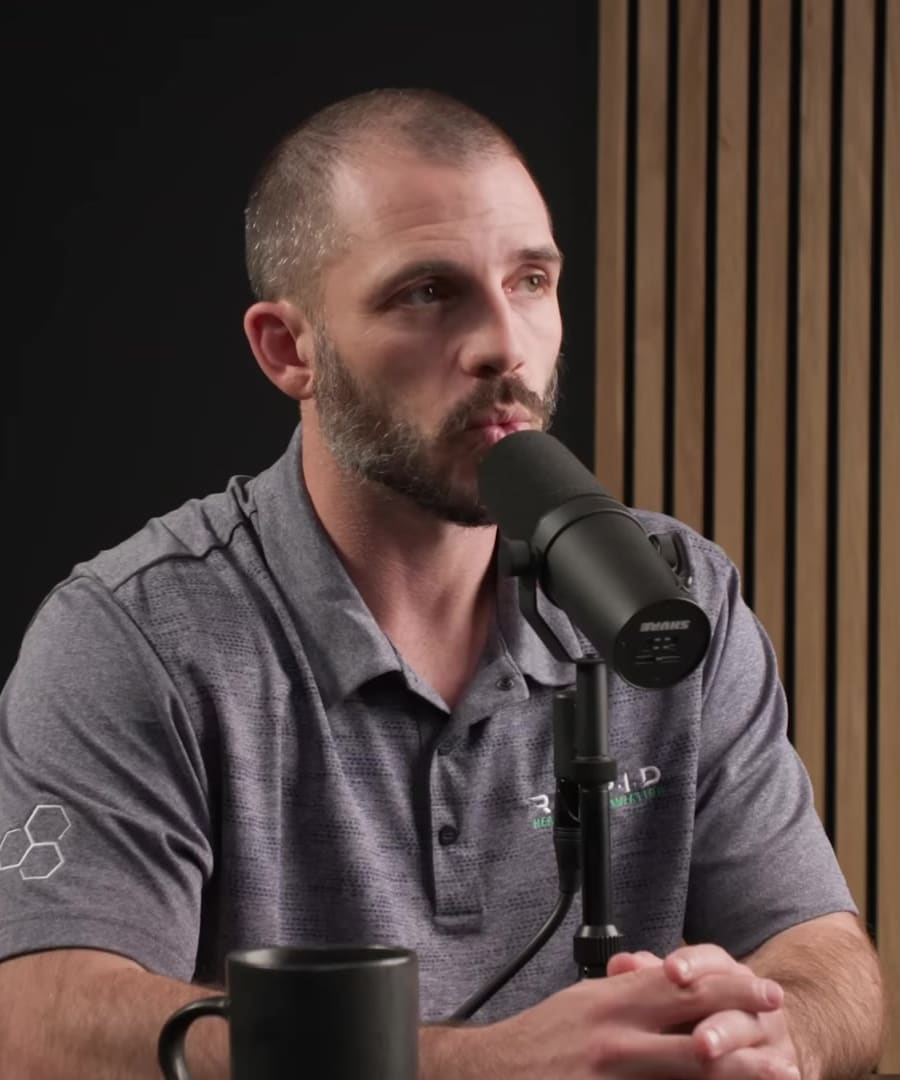HIIT
Sources:
High-intensity interval training (HIIT) significantly affects blood glucose levels, and its timing can influence these effects. HIIT performed in the morning can increase blood glucose, while afternoon or evening sessions can decrease it, aiding the transition into a fasted state (1). Additionally, HIIT and resistance training promote repackaging of glycogen in muscles, prevent excess glucose from being stored as body fat, and lead to a long-standing increase in basal metabolic rate (2).
For optimal results, it's recommended to do 5-6 minutes of all-out work divided into 20-60 second bouts with sufficient rest, 1-2 times a week. This approach improves oxygen transportation and overall fitness (3). Training in various intensity zones, including both HIIT and steady-state cardio, is essential for balanced athletic development (4).
RELATED QUESTIONSCan you provide specific HIIT workouts?
Sources:
Here are some specific HIIT (High-Intensity Interval Training) workouts suggested by in the :
-
Circuit Type Weightlifting: This involves sprints, heavy weight lifting, and circuit-type weightlifting with resistance. It's effective in stimulating molecules that repack glycogen and manage glucose not to be stored as body fat. This type of exercise also leads to long-lasting increases in basal metabolic rate. 1
-
Aerobic Conditioning: It typically includes running or cycling sessions where you exert yourself for a short period at a high intensity followed by a rest period in a ratio like 30 seconds on, 10 seconds off, or a one-to-one ratio (e.g., running a mile, resting for the time it took, and repeating). This format builds endurance and helps prepare for longer races like marathons. 2
-
Using Equipment like Airdyne or Assault Bike: Cycling with resistance on these machines involves short, all-out sprints of 20-30 seconds followed by brief rest periods of 10 seconds. This is repeated for multiple rounds and is effective in getting the heart rate up and building cardiovascular capacity and leg hypertrophy. 3
-
Using Stairs or Simple Body Movements: Doing quick, intense sprints up a flight of stairs or engaging in other high-exertion activities like burpees or jumping jacks for about 20 seconds improves cardiorespiratory fitness and helps manage blood glucose levels. 4
Each type of workout has specific benefits and can be adjusted based on fitness goals, available equipment, and personal safety considerations.
Always consult a fitness or medical professional before beginning any new workout regimen, especially if you are new to high-intensity interval training or have underlying health issues.
RELATED QUESTIONS-
Explosive jumping
Sources:
While the retrieved clips didn't directly discuss explosive jumping as an exercise, they shed light on physical and mental resilience in extreme conditions, like the intense experiences encountered by Navy SEALs undergoing frequent explosive breaches. This resilience is crucial in situations involving repeated physical shocks, which could be somewhat akin to the stresses placed on the body during explosive, high-impact exercises like jumping 1.
If you are interested in integrating explosive movements such as jumping into your training, it's important to ensure that you include adequate recovery and conditioning to prevent injury and to manage physiological and psychological stress effectively.
RELATED QUESTIONSDoes explosive jumping count as HIIT
Sources:
Explosive jumping can indeed be categorized as a form of High-Intensity Interval Training (HIIT), especially when it is performed in intervals at high intensity with periods of rest in between. describes two main types of HIIT—anaerobic and aerobic HIIT. Explosive jumping, which heavily relies on quick, intense bursts of energy, typically falls into the anaerobic category, where exercises are done without the primary use of oxygen 1. This form of HIIT is particularly beneficial for building the specific energy systems in the brain and body that are essential for quick and powerful movements.
RELATED QUESTIONSHIIT how much time to do and rest
Sources:
In the context of High-Intensity Interval Training (HIIT), recommends a variety of workout and rest patterns depending on the intensity and type of exercise. Here are some HIIT structures that can be applied:
-
Two-minute model: Perform high intensity efforts, like sprinting or cycling, for two minutes followed by two minutes of rest. Repeat this cycle for three rounds, ensuring you have a dedicated cooldown session after the final round 1.
-
30 seconds on, 10 seconds off: This pattern is common but warns that the quality of execution can decrease significantly over multiple sets due to fatigue. This can increase injury risk 2.
-
20 seconds on, 100 seconds off: This longer rest period allows for maintaining high-quality, safe repetitions across sets 2.
-
Anaerobic endurance sets: Begin with two or three sets of 20 seconds of intense effort, followed by 100 seconds of rest. Weekly, gradually increase the number of sets 2.
-
One-to-one ratio aerobic approach: For example, run a mile, rest for the same time it took to run that mile, and repeat. This builds endurance efficiently and prepares the body for longer-distance events 3.
Various strategies in HIIT depend greatly on the goals, such as improving VO2 max, building endurance, or simply enhancing overall fitness. It's essential to balance intensity with proper form and adequate recovery to avoid injuries and achieve desired outcomes effectively.
RELATED QUESTIONS-
How to measure heart rate
Sources:
Measuring heart rate effectively involves understanding both manual methods and leveraging technology:
Manual Measurement
-
Radial Pulse: Press gently with your index and middle fingers on your wrist, just below the base of your thumb. Count the number of pulses for either 15 seconds and multiply by 4, or 60 seconds for an entire minute to get beats per minute (BPM).
-
Carotid Pulse: Similar to the radial pulse but located on the neck beside your windpipe. Again, count the pulses for 15 seconds multiplied by 4 or for 60 seconds total.
Using Technology
-
Heart Rate Monitors and Fitness Trackers: These devices are convenient for continuous monitoring. They usually come in the form of wristbands or chest straps. Just wear the device as directed and monitor your BPM through its interface.
-
Smartphone Apps: Some apps use your phone’s camera and flash to read your pulse from your fingertip. Follow instructions for each specific app to ensure accuracy.
Assessing Heart Rate Variability (HRV)
If you are interested in more detailed measurements such as HRV, which provides insights into recovery and stress status, using devices designed to measure HRV is advised, and consistency in measurement conditions (time of day, pre-activity state) is crucial to obtain reliable readings 1.
Always ensure the method or device used fits your specific needs, comfort levels, and accuracy requirements.
RELATED QUESTIONS-
How to measure HRV
Sources:
To measure Heart Rate Variability (HRV) effectively, consider the following steps and guidelines, which focus on maintaining consistency and recording accurate data:
Consistent Measurement Conditions
- Time and Conditions: Measure your HRV at the same time and under the same conditions every day. This is often recommended to be done first thing in the morning after waking up and using the bathroom but before engaging in other activities. Consistency here helps in minimizing the impact of external variables like food intake, physical activity, or stress that could alter HRV readings 1.
Using HRV Devices
-
Device Selection: Use a reliable HRV monitor, whether it's a specialized device or an app that works with a smartphone or smartwatch. Ensure the device or app is specifically designed for HRV measurement for accuracy.
-
Data Recording: When you wake up, record your HRV using your chosen device. It usually takes a few seconds to a few minutes to get a reading.
Analysis and Interpretation
- Assess Changes: Pay attention to day-to-day variations. A higher HRV generally indicates better recovery and a relaxed state, while a lower HRV suggests higher stress levels or potential fatigue.
- Contextual Analysis: Do not compare your HRV with others as individual differences can be significant. Instead, focus on your personal trends and any significant changes over time.
Longitudinal Tracking
- Duration: Track your HRV readings daily for a significant period, such as a month or more, to identify your baseline and observe trends. This allows for a more accurate assessment of your physiological state over time 2.
Practical Tips
- Avoid Comparisons: Do not compare your HRV scores with others. HRV is individualized and varies from person to person. Also, different devices might use different methods for calculating HRV, which can affect the comparability of results 3.
By following these steps, you can accurately measure and analyze your HRV, obtaining valuable insights into your body's readiness and recovery state.
RELATED QUESTIONS
HIIT
- RELATED QUESTIONS
Can you provide specific HIIT workouts?
- RELATED QUESTIONS
Explosive jumping
- RELATED QUESTIONS
Does explosive jumping count as HIIT
- RELATED QUESTIONS
HIIT how much time to do and rest
- RELATED QUESTIONS
How to measure heart rate
- RELATED QUESTIONS
How to measure HRV
- RELATED QUESTIONS













